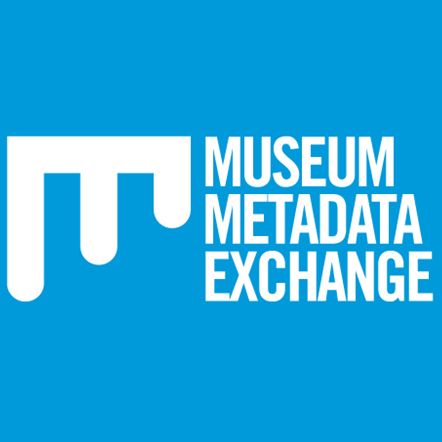Brief description
This collection comprises approximately forty nautical instruments dating from 1800 - 1960s. The instruments were used for navigating and charting at sea and include compasses, sextants, quadrants, octants, chronometers, parallel rules, marine protractors, binoculars, telescopes and station pointers.Full description
This collection of forty nautical instruments were mostly acquired via the Port Adelaide Institute, established in 1876 (later the Port Adelaide Nautical Museum). The collection includes examples from some of the finest and most notable nautical instrument manufacturers from the UK and Australia including Spencer, Browning & Rust, London 1784 to 1840, Troughton & Simms, and British instrument maker Edward Massey who obtained at least six British patents on ship logs and other nautical measuring instruments between 1802 and 1848. The collection also includes instruments from Port Adelaide instrument makers including I C. Piers, first listed in 1879, and Sawtell Opticians, a company operating from the 19th century that manufactured chronometers, compasses, barometers, and telescopes and published nautical almanacs and navigational guides. Many of the instruments are retained in their original purpose built wooden cases.Significance
This is a highly significant collection of rare and often valuable instruments used for navigating at sea. Some of them have clear provenance and were sourced from vessels that voyaged to South Australia or worked in South Australian waters. The instruments were used to calculate longitude and latitude and to chart the coastline. While today most vessels rely on GPS (Global Positioning System), seafarers previously had to rely on compasses, precision clocks (chronometers) and readings taken from celestial bodies. The selection of instruments provides insights into the finely honed navigational skills demanded of early seafarers. It includes examples of the same instrument from various eras and clearly illustrates how nautical technology has changed and evolved over time. Most of the instruments are exquisitely crafted.Data time period: 1800 to 1969
Spatial Coverage And Location
text: London
text: South Australia
text: Port Adelaide, South Australia
text: United Kingdom
Subjects
Astronomical instruments |
Edward Massey |
Geographic location |
I C. Piers |
Latitude |
Longitude |
Marine charts |
Nautical equipment |
Navigation |
Navigational equipment |
Port Adelaide Institute |
Port Adelaide Nautical Museum |
Sawtell Opticians |
South Australian Maritime Museum |
Spencer, Browning & Rust |
Troughton & Simms |
chronometer |
compass |
nautical instruments |
navigational instruments |
octant |
quadrant |
sextant |
ship log |
telescope |
water transport |
User Contributed Tags
Login to tag this record with meaningful keywords to make it easier to discover
Identifiers
- Local : SAMM 1
- URI : maritime.historysa.com.au/collections/nautical-instrument-collection



